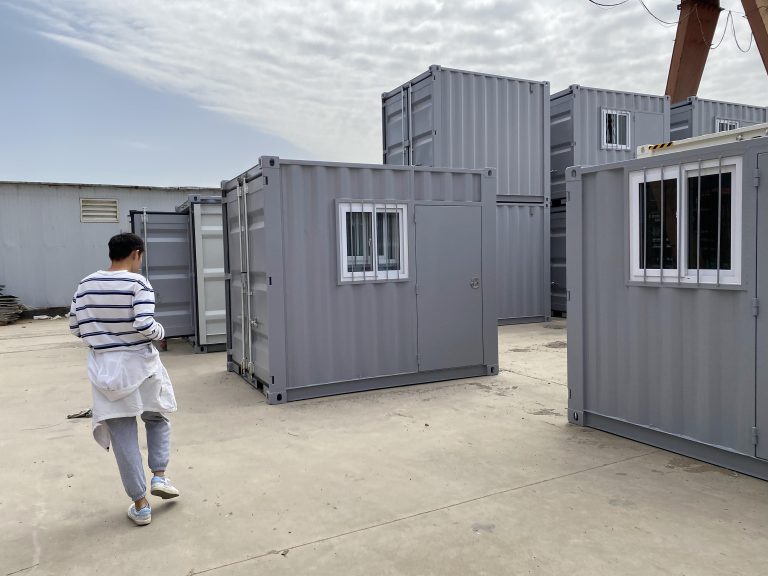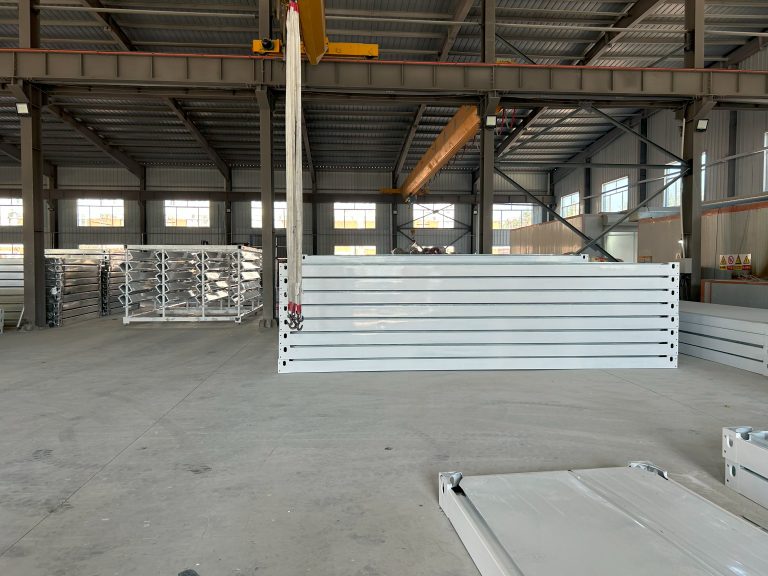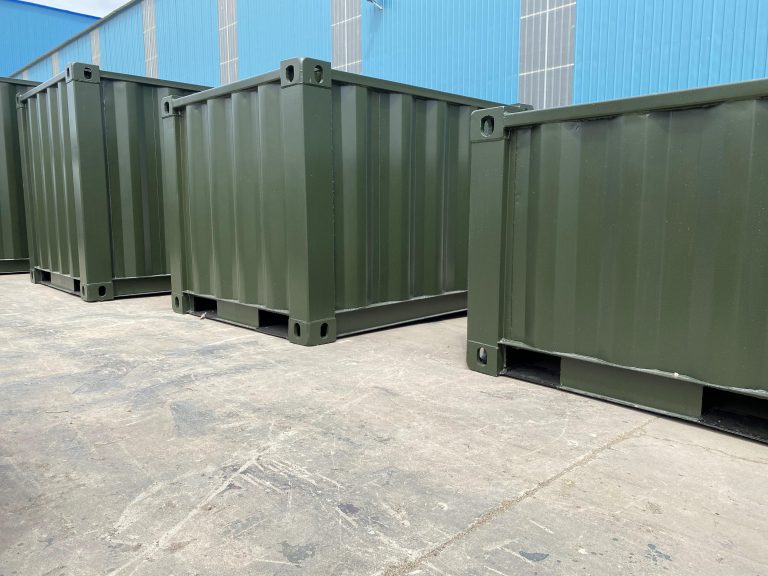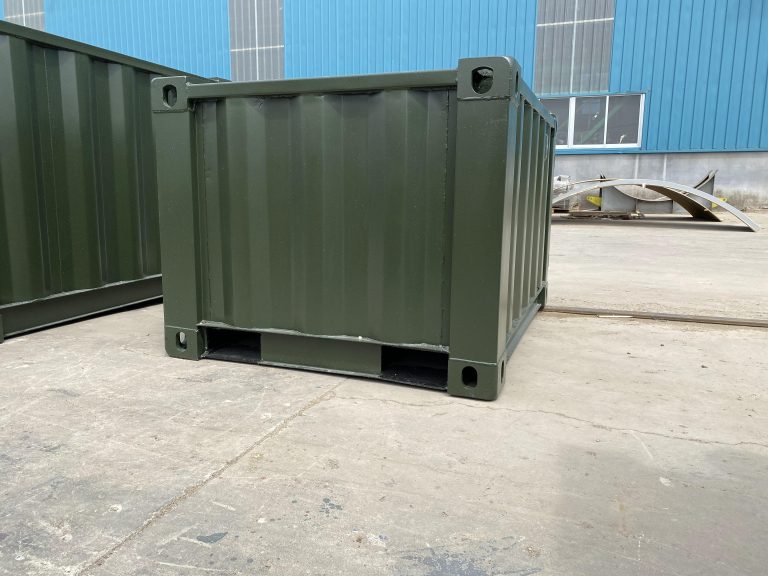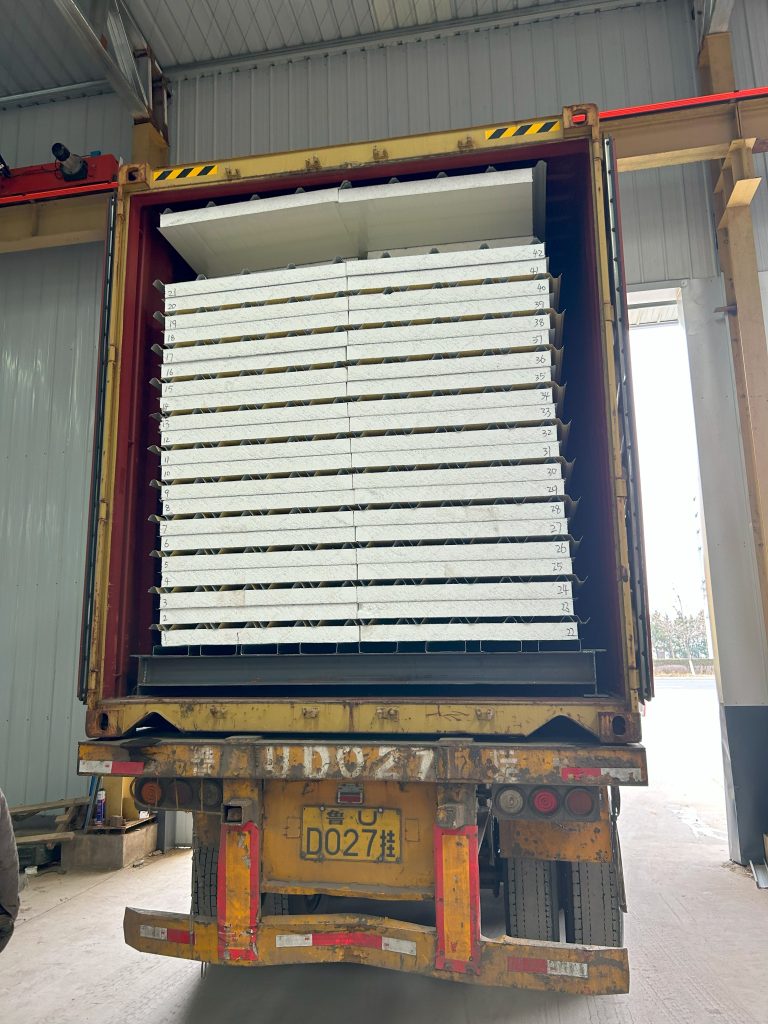Supply chain optimization in the steel industry.
Table of Contents
Implementing Just-In-Time Inventory Management in Steel Manufacturing
Supply chain optimization is a critical aspect of any industry, but it holds particular importance in the steel manufacturing sector. With the increasing demand for steel products across various industries, it has become imperative for steel manufacturers to streamline their supply chain processes to ensure efficiency and cost-effectiveness. One of the key strategies that steel manufacturers can implement to optimize their supply chain is Just-In-Time (JIT) inventory management.
JIT inventory management is a strategy that focuses on minimizing inventory levels by only producing goods as they are needed in the production process. This approach helps to reduce waste, lower carrying costs, and improve overall efficiency in the supply chain. In the steel industry, where raw materials are expensive and production processes are complex, implementing JIT inventory management can lead to significant cost savings and improved operational performance.
One of the primary benefits of JIT inventory management in the steel industry is the reduction of excess inventory. By producing goods only when they are needed, steel manufacturers can avoid overproduction and minimize the risk of holding obsolete or excess inventory. This not only helps to free up valuable warehouse space but also reduces the carrying costs associated with excess inventory, such as storage, handling, and insurance costs.
Furthermore, JIT inventory management can help steel manufacturers improve their production processes and reduce lead times. By aligning production schedules with customer demand, manufacturers can minimize waiting times and bottlenecks in the production process, leading to faster turnaround times and increased customer satisfaction. This can also help to reduce the risk of stockouts and backorders, ensuring that customers receive their orders in a timely manner.
Another key advantage of implementing JIT inventory management in the steel industry is the ability to respond quickly to changes in demand. With JIT, manufacturers can adjust production levels in real-time based on customer orders, market trends, and other external factors. This flexibility allows steel manufacturers to adapt to changing market conditions and customer preferences, ensuring that they can meet demand while minimizing the risk of overproduction or stockouts.
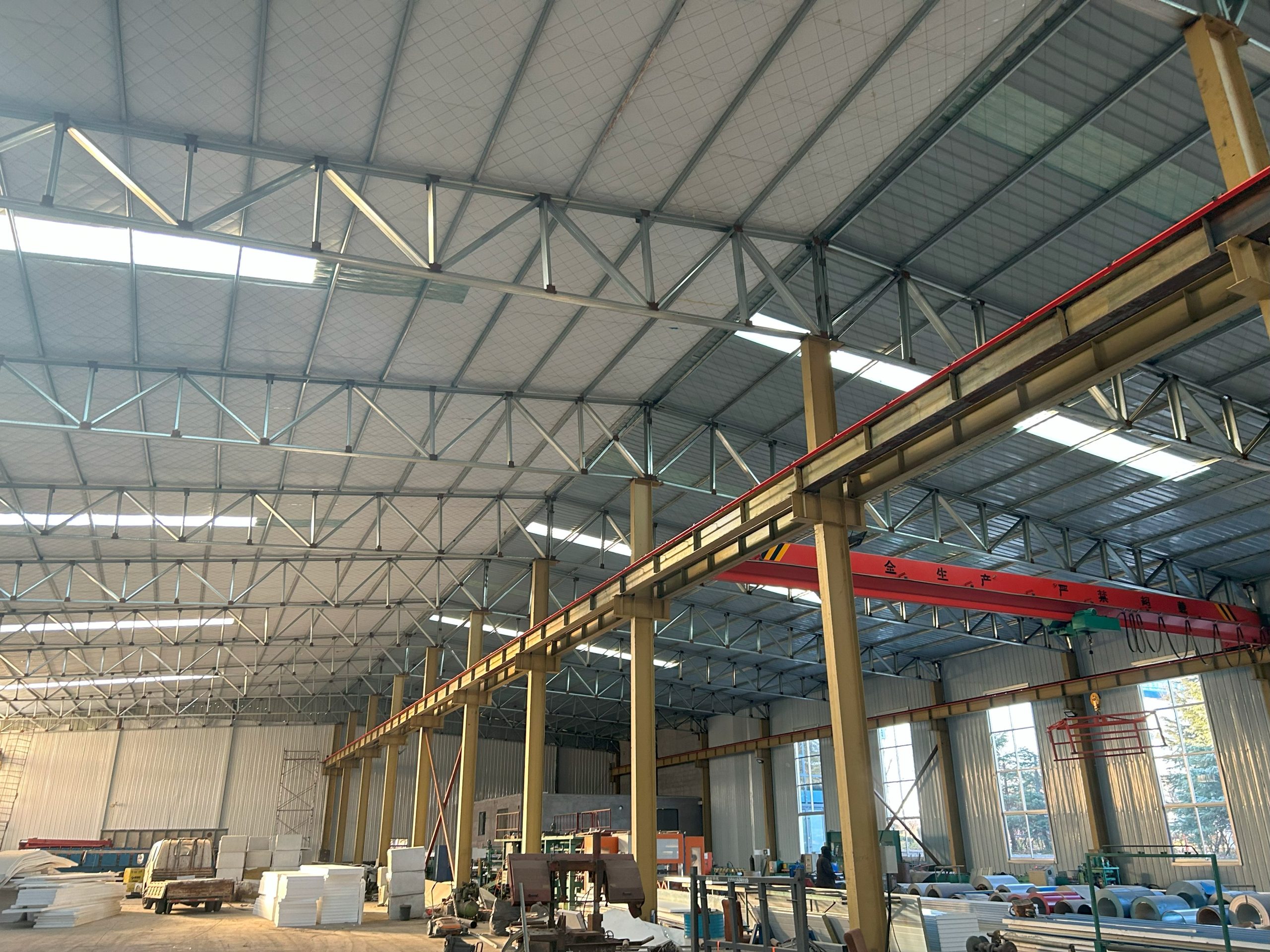
However, implementing JIT inventory management in the steel industry is not without its challenges. One of the main obstacles that manufacturers may face is the need for close coordination and collaboration with suppliers. Since JIT relies on a steady and reliable supply of raw materials, any disruptions in the supply chain can have a significant impact on production schedules and lead times. To overcome this challenge, steel manufacturers must work closely with their suppliers to establish strong relationships, improve communication, and implement robust supply chain management practices.
In conclusion, implementing JIT inventory management in the steel industry can help manufacturers optimize their supply chain processes, reduce costs, improve efficiency, and enhance customer satisfaction. By minimizing excess inventory, improving production processes, and responding quickly to changes in demand, steel manufacturers can gain a competitive edge in the market and position themselves for long-term success. While there are challenges associated with implementing JIT, the benefits far outweigh the risks, making it a valuable strategy for steel manufacturers looking to streamline their supply chain operations.
Leveraging Data Analytics for Demand Forecasting in Steel Supply Chains
The steel industry is a critical component of many economies around the world, providing the raw materials necessary for construction, manufacturing, and infrastructure development. As such, optimizing the supply chain in the steel industry is essential for ensuring efficient operations and meeting customer demand. One key aspect of supply chain optimization in the steel industry is leveraging data analytics for demand forecasting.
Data analytics has revolutionized the way businesses operate, allowing companies to make informed decisions based on real-time data and predictive analytics. In the steel industry, demand forecasting is crucial for ensuring that the right amount of raw materials and finished products are available to meet customer needs. By analyzing historical sales data, market trends, and other relevant factors, steel companies can accurately predict future demand and adjust their production schedules accordingly.
One of the main benefits of using data analytics for demand forecasting in the steel industry is the ability to reduce inventory costs. By accurately predicting demand, companies can avoid overstocking on raw materials and finished products, which can lead to excess inventory and increased storage costs. Conversely, underestimating demand can result in stockouts and lost sales opportunities. By leveraging data analytics, steel companies can strike the right balance between supply and demand, optimizing inventory levels and reducing costs.
Another advantage of using data analytics for demand forecasting in the steel industry is the ability to improve production planning and scheduling. By accurately predicting demand, companies can adjust their production schedules to meet customer needs while minimizing downtime and maximizing efficiency. This can help steel companies reduce lead times, improve on-time delivery performance, and enhance overall customer satisfaction.
Furthermore, data analytics can help steel companies identify trends and patterns in customer behavior, allowing them to tailor their products and services to meet changing market demands. By analyzing customer preferences, buying patterns, and other relevant data, companies can develop targeted marketing strategies and product offerings that resonate with their target audience. This can help steel companies gain a competitive edge in the market and drive growth and profitability.
In addition to demand forecasting, data analytics can also be used to optimize other aspects of the supply chain in the steel industry, such as inventory management, transportation logistics, and supplier relationships. By analyzing data from across the supply chain, companies can identify inefficiencies, bottlenecks, and opportunities for improvement, allowing them to streamline operations and reduce costs.
Overall, leveraging data analytics for demand forecasting in the steel industry can help companies optimize their supply chains, improve production planning and scheduling, reduce inventory costs, and enhance customer satisfaction. By harnessing the power of data analytics, steel companies can stay ahead of the competition, drive growth and profitability, and meet the evolving needs of their customers. In an increasingly competitive and dynamic market, data analytics is a powerful tool that can help steel companies navigate uncertainty and achieve success in the global marketplace.

